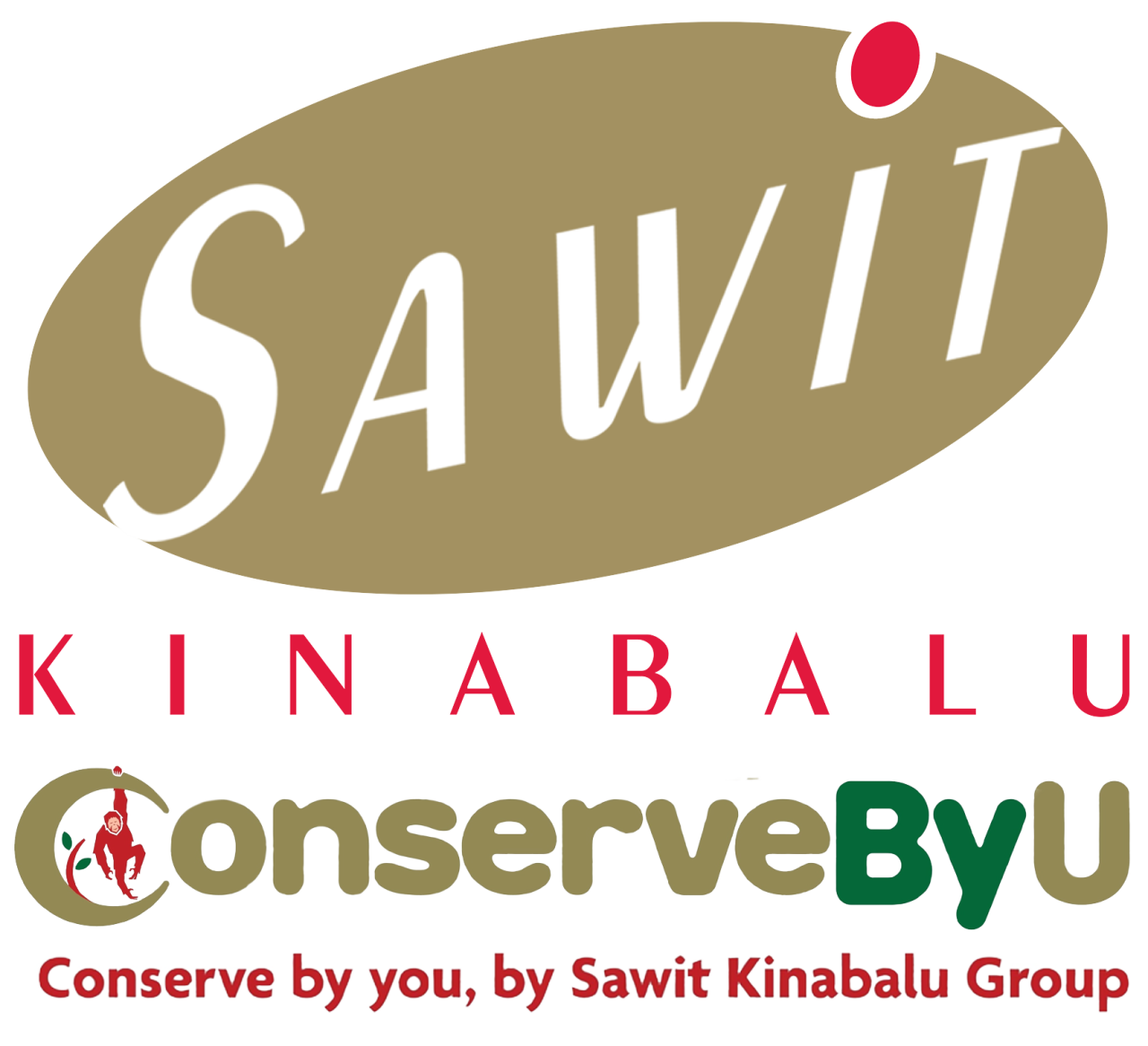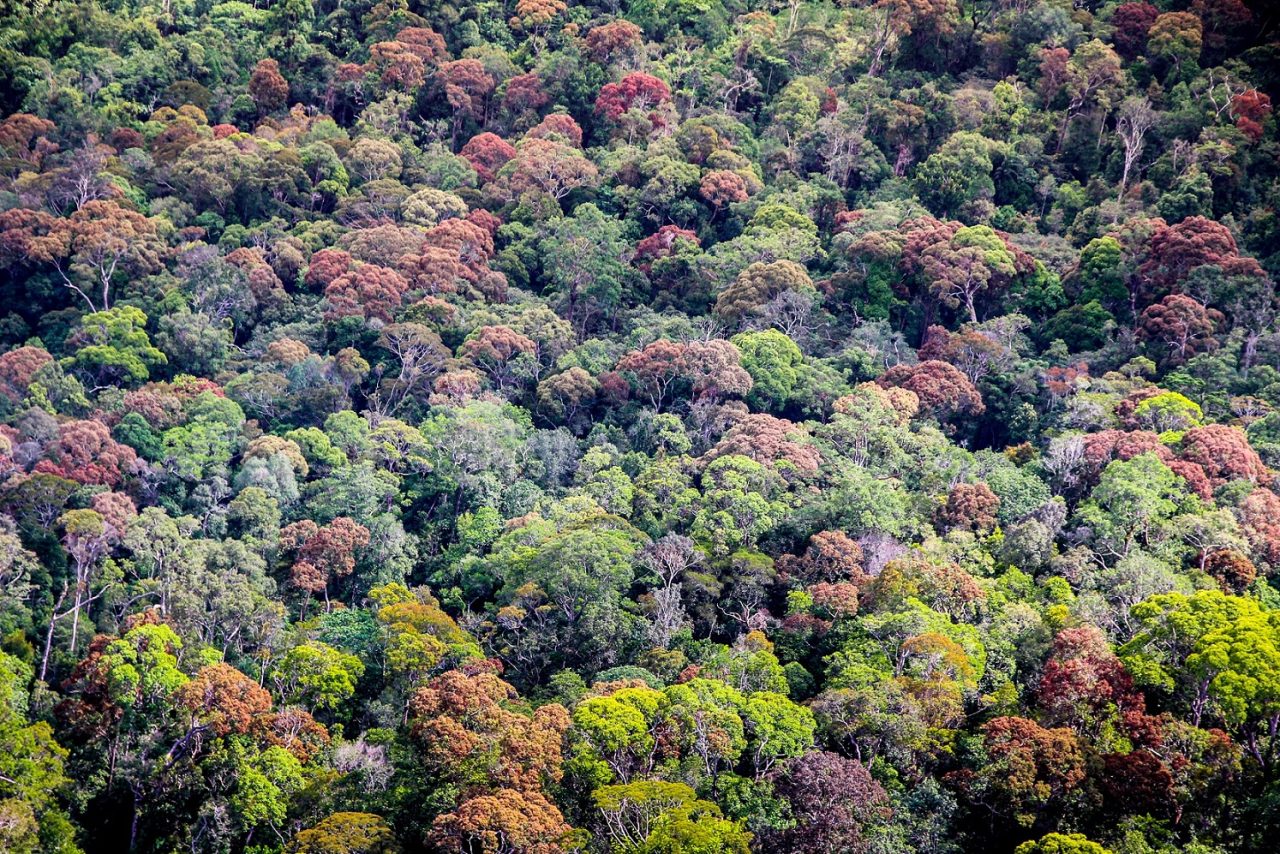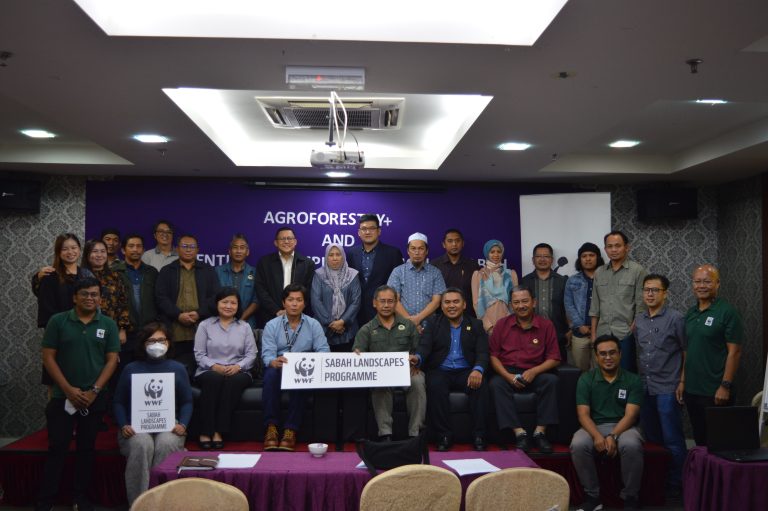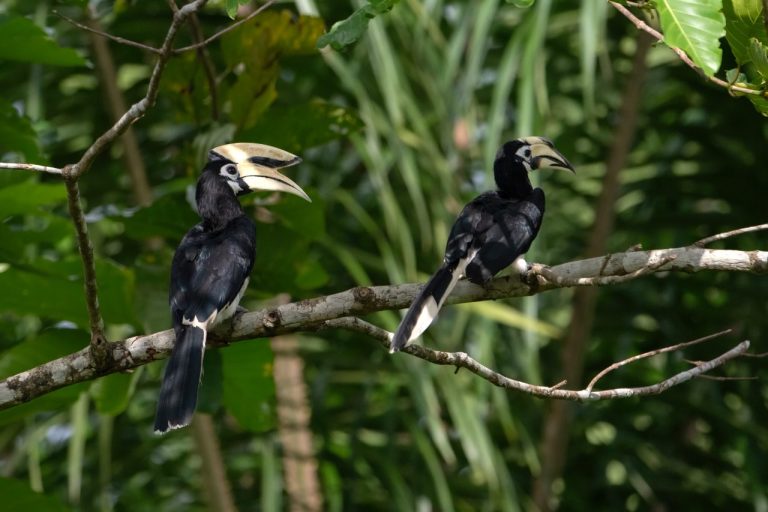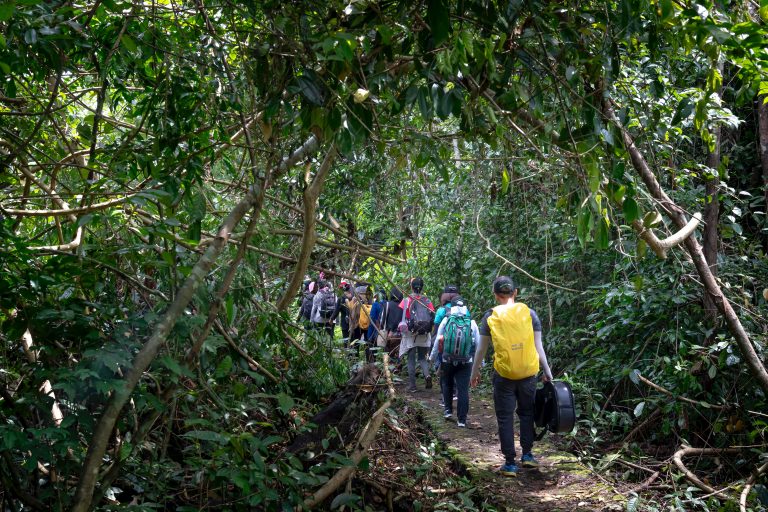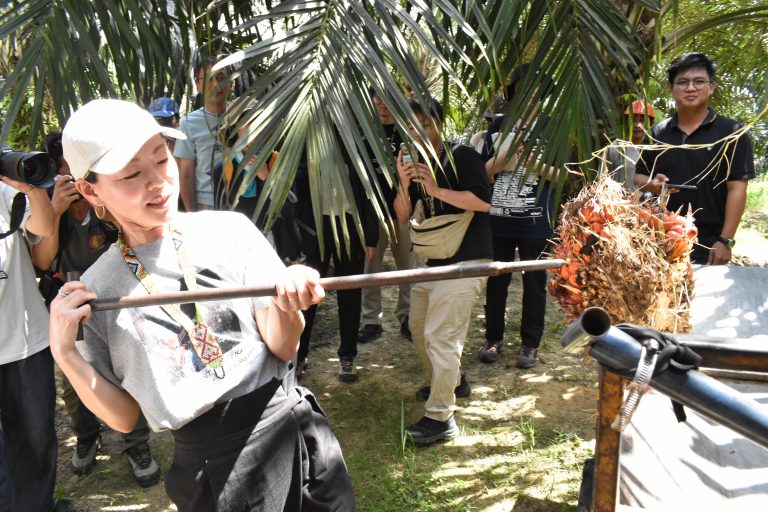SABAH’S 4.68 million hectares of forest cover are the pride of the State. Nowhere else in Malaysia has such an acreage been set aside for environmental conservation.
The State is determined to bring even more degraded forests under Totally Protected Areas (TPAs) by 2025.
Of this 62 per cent of lands, around 3.6 million hectares (48pc) have been gazetted as permanent forest reserves. More than 3.8 million hectares (62pc) have been designated as forest reserves, parks, wildlife sanctuaries and conservation areas, comprising approximately 52pc of Sabah’s total land mass.
Malaysia’s 4th Biennial Update Report (BUR4) in 2019 stated that Sabah’s forests accounted for 25.8pc of Malaysia’s total forest area of 18.14 million hectares.
Despite having the most forest cover, it has not been spared the effects of climate change over the past five years, particularly during the recent El Niño period.
From 2019 to 2023, the number of forest fires have been increasing, according to Chief Conservator of Forests Datuk Frederick Kugan.
“Prolonged dry seasons have led to a rise in forest fires. The 2019 haze crisis, worsened by fires in neighbouring regions, significantly affected Sabah’s air quality and forest ecosystems,” he told Daily Express.

The fires have degraded critical habitats, particularly in peatland and already-disturbed forests, making restoration efforts more challenging. Extreme weather events such as storms and heavy rainfall have also caused erosion, landslides and damage to forest infrastructure. Rising temperatures and erratic rainfall patterns have stressed trees, reducing growth rates and increasing their susceptibility to pests and diseases.
“Changing climatic conditions are affecting species distribution. Some flora and fauna, particularly in high-altitude and lowland forests, are experiencing migration pressures due to temperature shifts and habitat changes.
“Mangrove forests are facing increased salinity intrusion due to rising sea levels, impacting biodiversity and ecosystem functions.”
Frederick said the prolonged drought during the El Niño period (mid-2023 to early 2024) further strained Sabah’s forests, particularly in degraded areas and reforestation sites, leading to increased tree mortality.
“Reduced river flow affected both flora and fauna, while dry conditions heightened wildfire risks, especially in peatlands and degraded forests, posing major forest management challenges.
“The drought also exacerbated pressures from agricultural expansion and encroachment, as water scarcity affected plantations and farms, increasing deforestation risks. Coastal areas became more vulnerable to erosion and habitat loss due to reduced freshwater inflow and stronger tidal impacts,” he said.
In response, the Forestry Department has strengthened fire prevention measures, like creating firebreaks and enhancing community awareness programmes. Forest health and fire risk monitoring systems have been improved.
“Reforestation and carbon sequestration projects such as the Innoprise-Face Foundation Rainforest Rehabilitation Project (Infapro) and the Kuamut Rainforest Conservation Project focus on planting climate-resilient tree species.
“Sabah is also implementing Nature-based Solutions (NbS) and integrated climate action plans, including initiatives under the Sabah Climate Change Action Council (SCAC), to mitigate climate impacts,” he said.
Hence, ongoing conservation efforts, policy measures and community engagement continue to play a crucial role in strengthening their resilience for the future. Frederick said that forests play a significant role in the social fabric of Sabah.
Their contributions to livelihoods, biodiversity and sustainable development are immense.
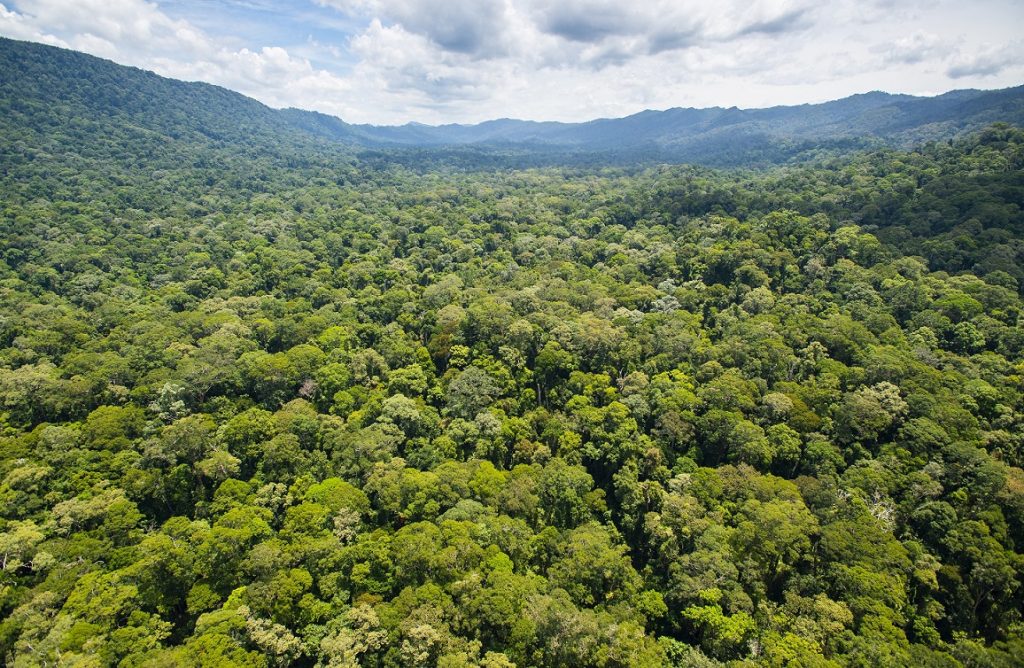
“Many indigenous communities rely on the forest for food, medicine, shelter and cultural practices, as they are central to their traditions and spiritual beliefs.
“Additionally, forests provide essential ecosystem services such as clean water, climate regulation and protection against natural disasters like floods and landslides.
“Mangroves act as buffers against coastal erosion and storm surges, safeguarding coastal communities. Iconic sites like Danum Valley, Maliau Basin and Kinabalu Park (a Unesco World Heritage Site), attract ecotourists worldwide, boosting community-based tourism initiatives,” he said.
Forests have also been a key driver of Sabah’s growth since before independence in 1963.
The timber industry has traditionally played a significant role in the State’s economy.
Besides timber, communities and businesses derive income from non-timber forest products (NTFPs) such as rattan, honey and medicinal plants, which support local economies.
“Sabah is also investing in forest-based carbon projects like REDD+ and Payment for Ecosystem Services (PES), which generate income while preserving forest ecosystems.The Climate Change and Carbon Policy aims to ensure sustainable investment in carbon markets, providing equitable returns for the Government and communities.”
Forests also support agriculture and food systems by maintaining soil fertility, pollination and water supply, indirectly benefiting economic activities.
Frederick said tourism revenue from Sabah’s pristine forests contributes significantly to the local economy, with adventure and ecotourism attracting visitors from around the world.Locations such as the Borneo Rainforest Lodge (BRL) in Danum generate income and provide jobs, particularly in rural areas.
Effective forest management, integrating sustainable practices and climate solutions, ensures these forests continue to support the people of Sabah while driving economic growth,” he said.
Follow our Facebook page ConserveByU for our latest updates.
